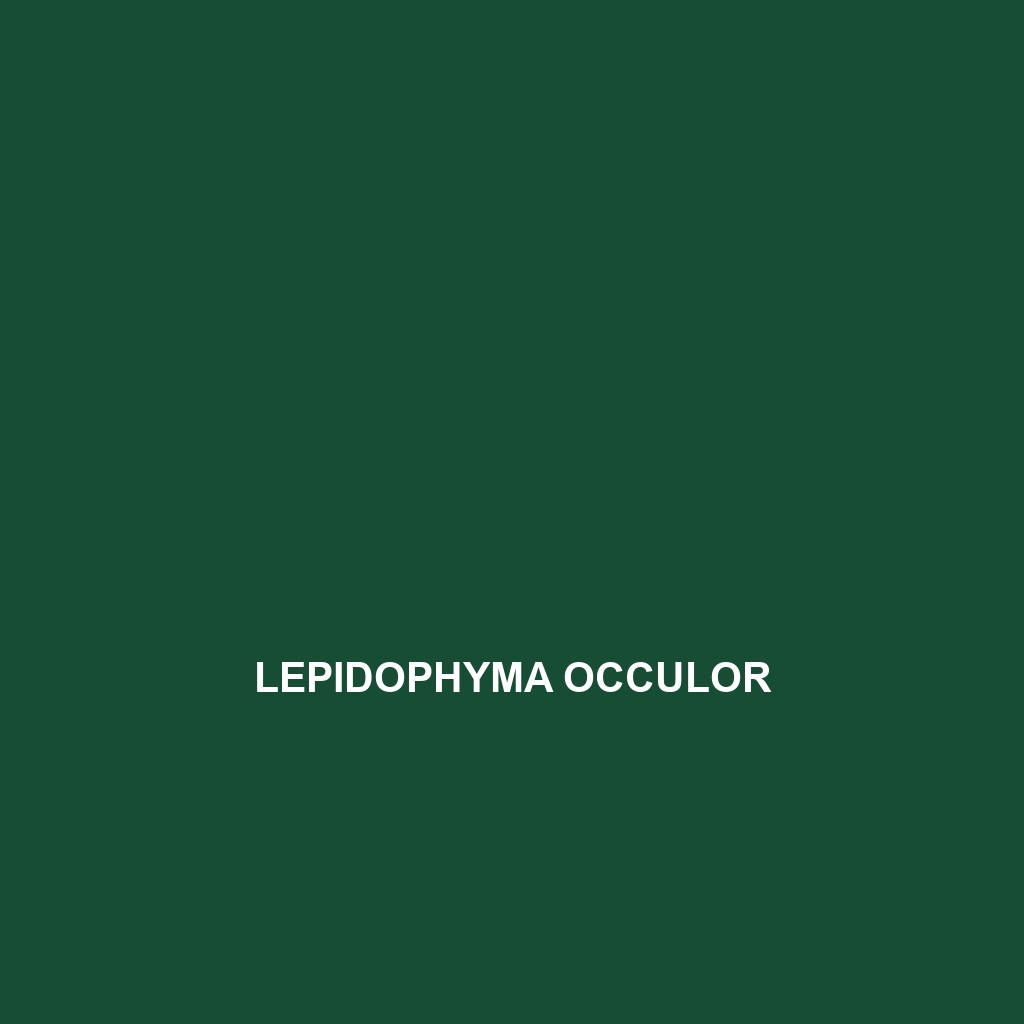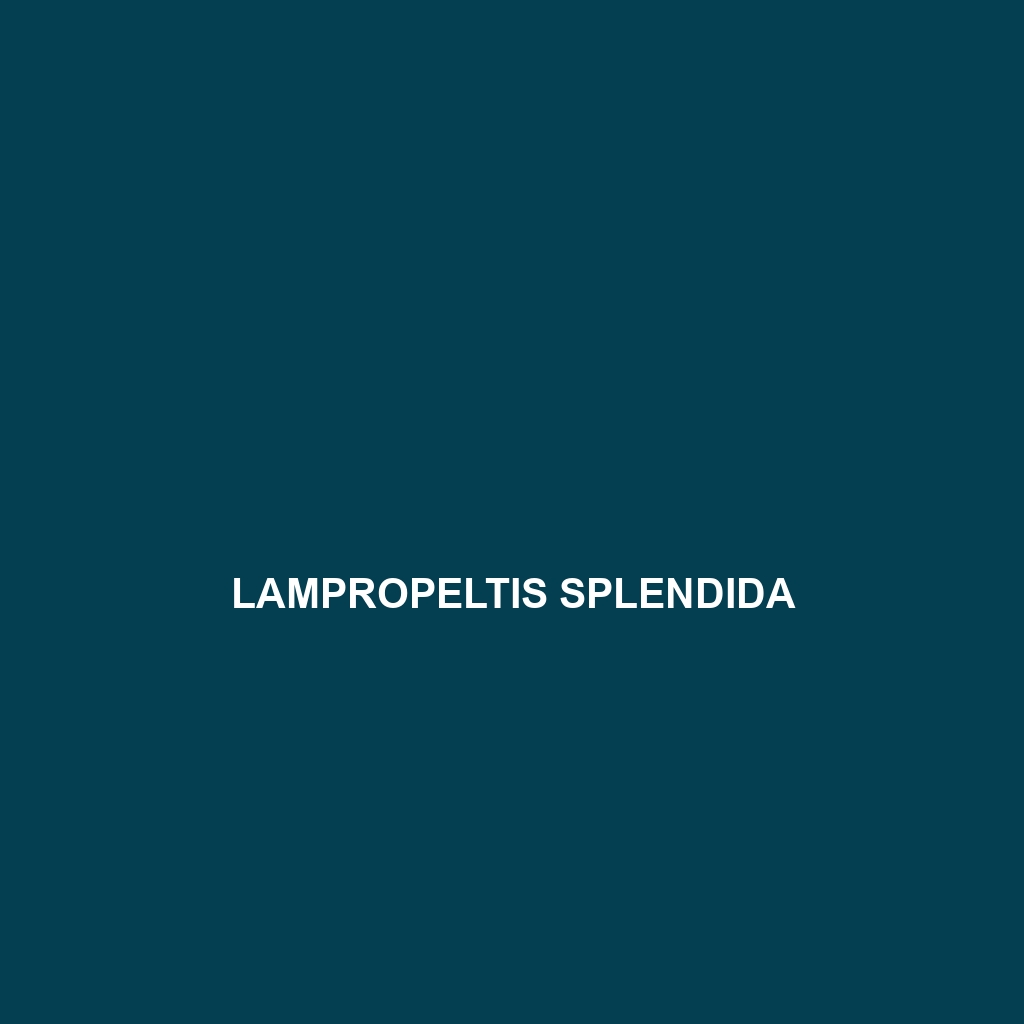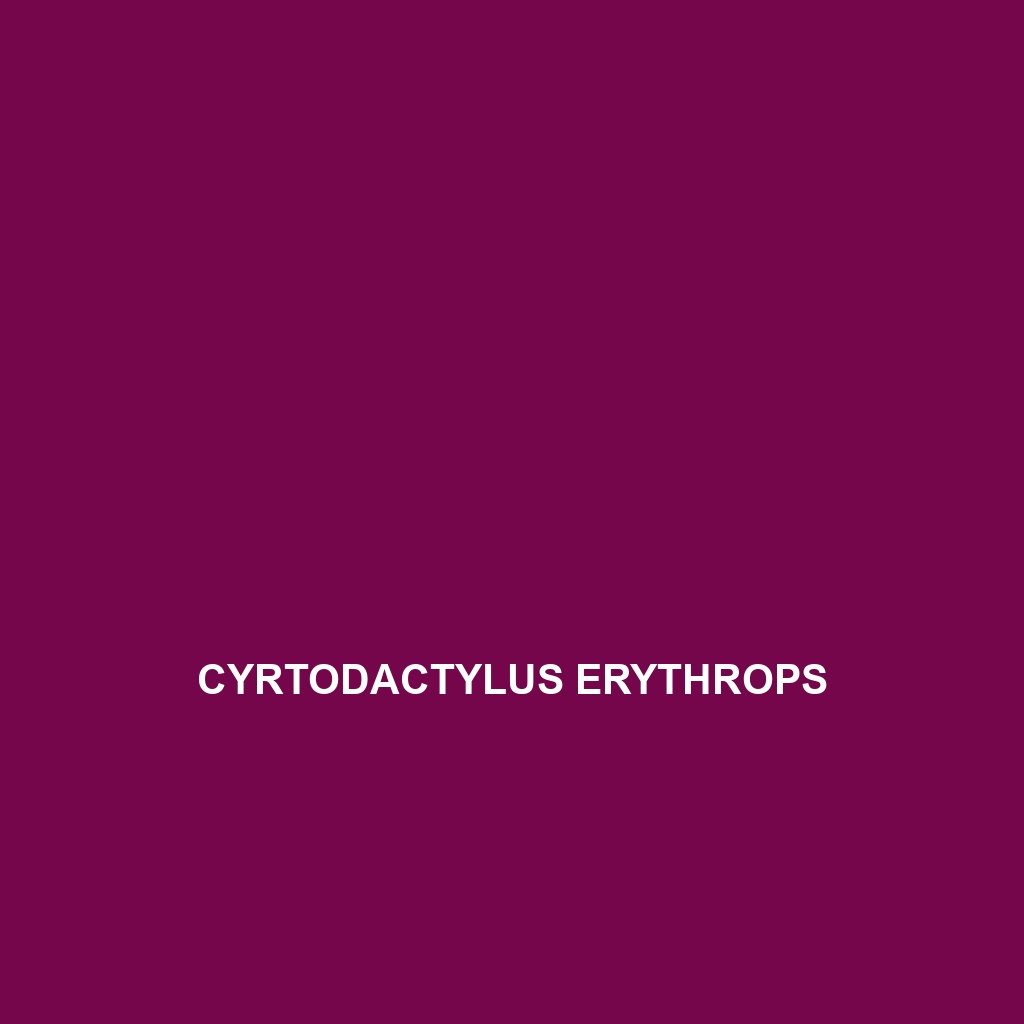Discover the Phelsuma parva, or Lesser Day Gecko, a vibrant green gecko from Madagascar, measuring 8 to 12 cm in length, known for its striking blue spots and diurnal behavior. This species thrives in tropical rainforests, primarily feeding on insects while playing a crucial role in its ecosystem as both a predator and pollinator.
Tag: pet trade reptiles
Lepidophyma occulor
<b>Lepidophyma occulor</b>, also known as the Mexican lagartija, is a stout, nocturnal lizard found in the humid rainforests and temperate forests of southeastern Mexico. With its striking coloration and unique ability to regenerate lost tails, this insectivore plays a vital role in controlling insect populations and maintaining ecological balance.
Lampropeltis splendida
Discover the exquisite Lampropeltis splendida, or splendid kingsnake, known for its striking yellow and black banded appearance, adaptability to various North American habitats, and unique behaviors as a diurnal predator. This resilient species plays a vital role in its ecosystem by controlling rodent populations while exhibiting fascinating mimicry to deter predators.
Eutropis trivittata
The <b>Eutropis trivittata</b>, also known as the Three-striped Skink, is a medium-sized, nocturnal insectivore found in Southeast Asia's rainforests, savannas, and temperate forests. Distinguished by its notable three longitudinal stripes and sleek body, this species plays a vital role in its ecosystem by controlling insect populations and serving as prey for larger predators.
Cyrtodactylus stellatus
Cyrtodactylus stellatus, or starry ground gecko, native to Southeast Asia, recognized by its stunning star-like patterns and vibrant earthy tones. This nocturnal insectivore inhabits moist lowland forests and plays a crucial role in maintaining ecological balance through its diet and habitat interactions.
Cyrtodactylus erythrops
Cyrtodactylus erythrops is a small, nocturnal gecko native to the limestone karst regions of Southeast Asia, characterized by its distinctive reddish-brown coloration and agile climbing abilities. This vulnerable species primarily feeds on insects and plays a crucial role in its ecosystem by regulating insect populations.





